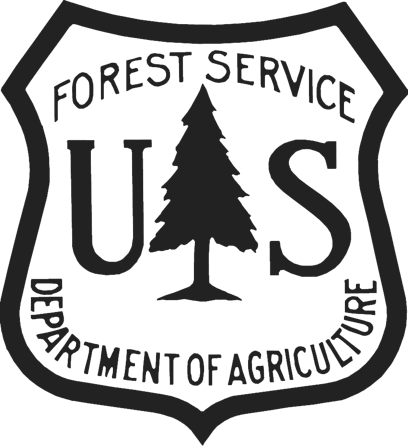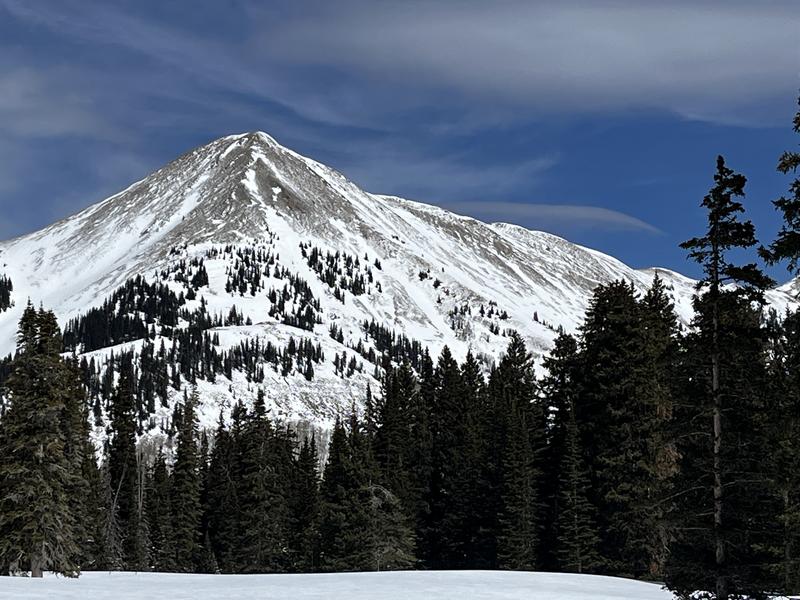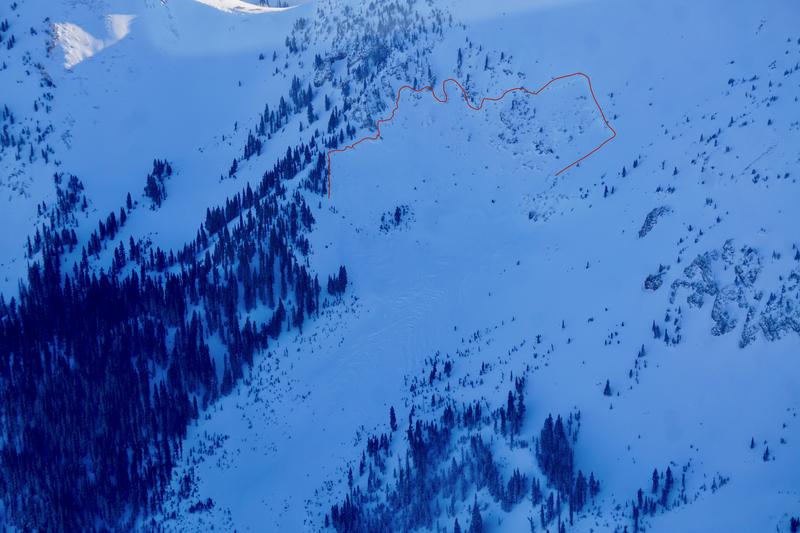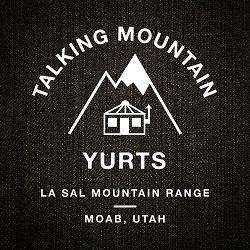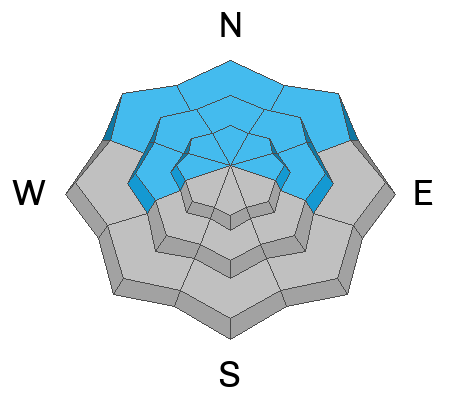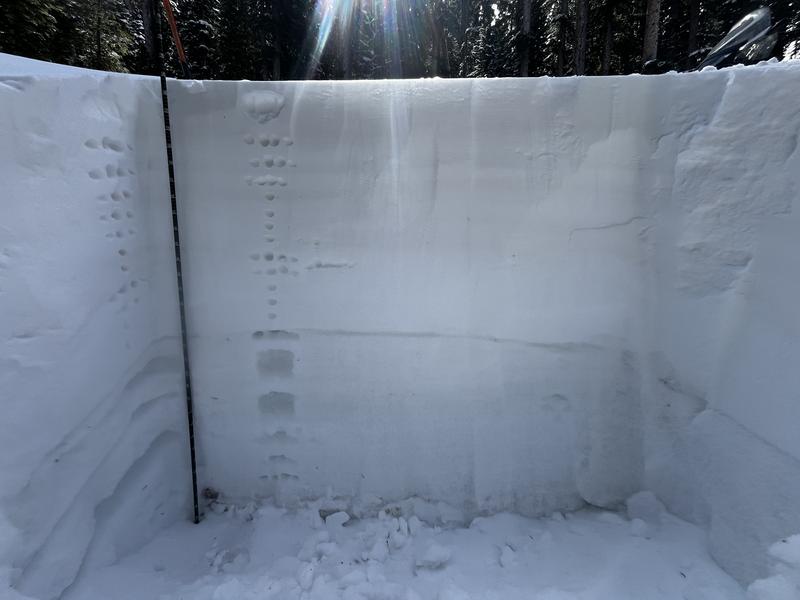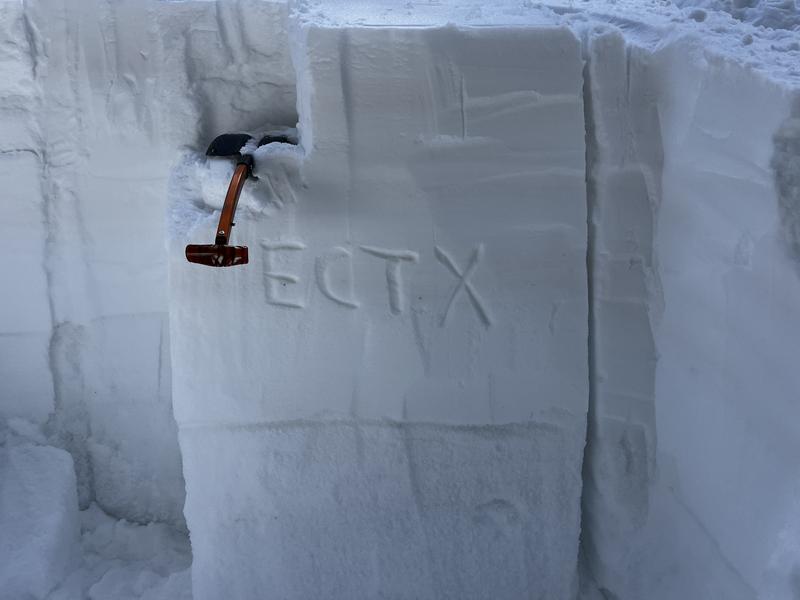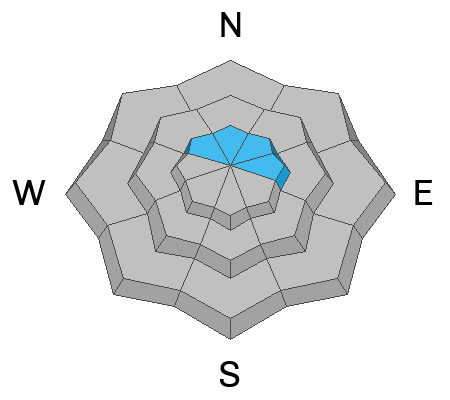Forecast for the Moab Area Mountains

Issued by Eric Trenbeath on
Saturday morning, March 22, 2025
Saturday morning, March 22, 2025
The danger is MODERATE on steep slopes facing W-N-E near and above treeline, and on northerly aspects below. In these areas deep and dangerous, human triggered avalanches failing on a buried persistent weak layer are possible. The danger is greatest on steep slopes near treeline that face N-NE.
A MODERATE danger exists for human triggered avalanches involving old hard slabs of wind drifted snow on steep, northerly aspects above treeline. Look for and avoid, stiff, rounded deposits of wind drifted snow. Drifts form on the leeward sides of ridge crests and terrain features and they may sound or feel hollow underneath.
South facing terrain has generally LOW danger.
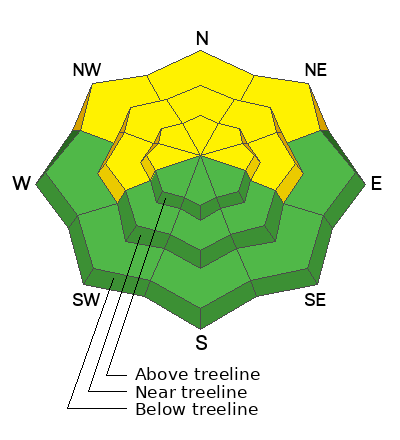
Low
Moderate
Considerable
High
Extreme
Learn how to read the forecast here


